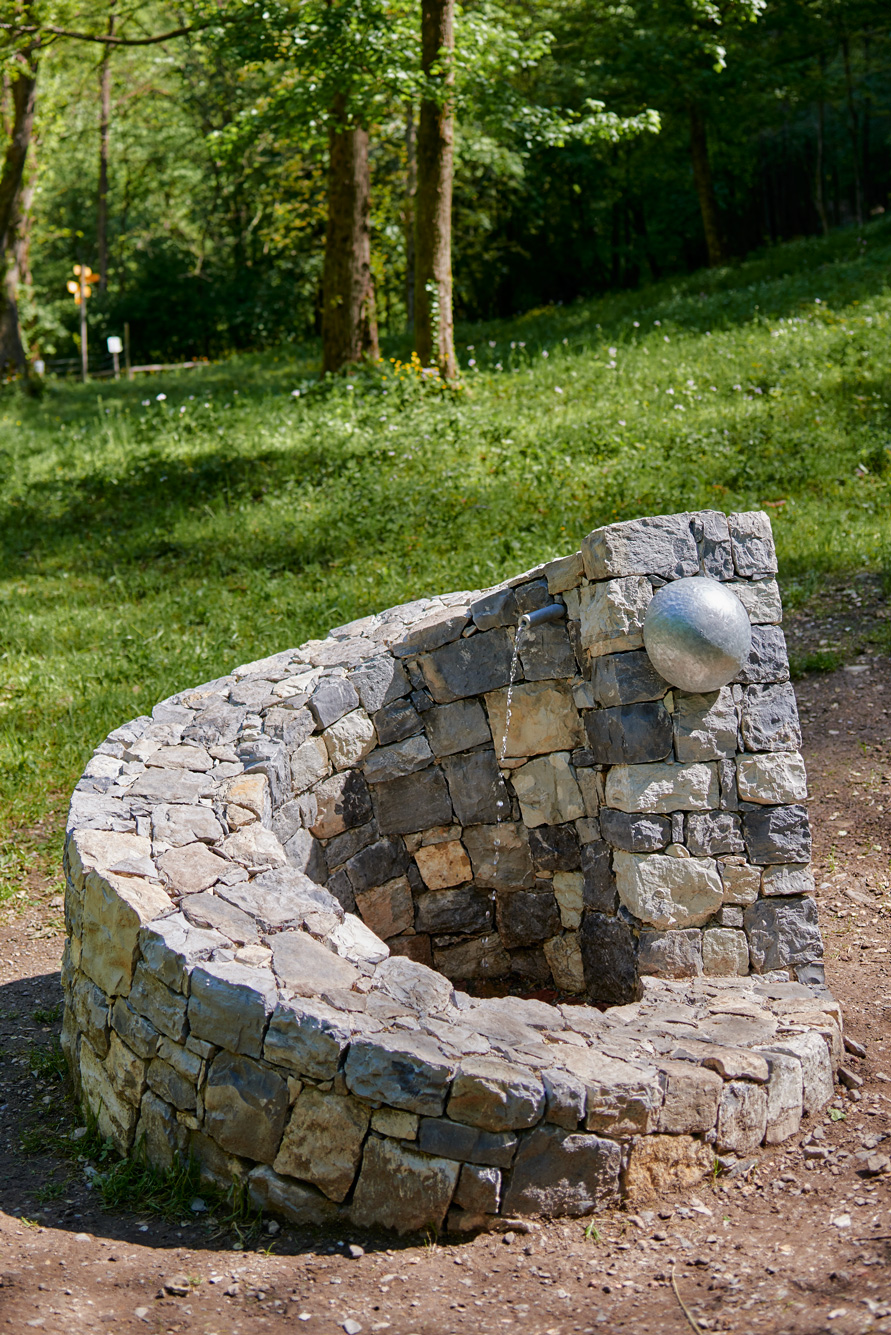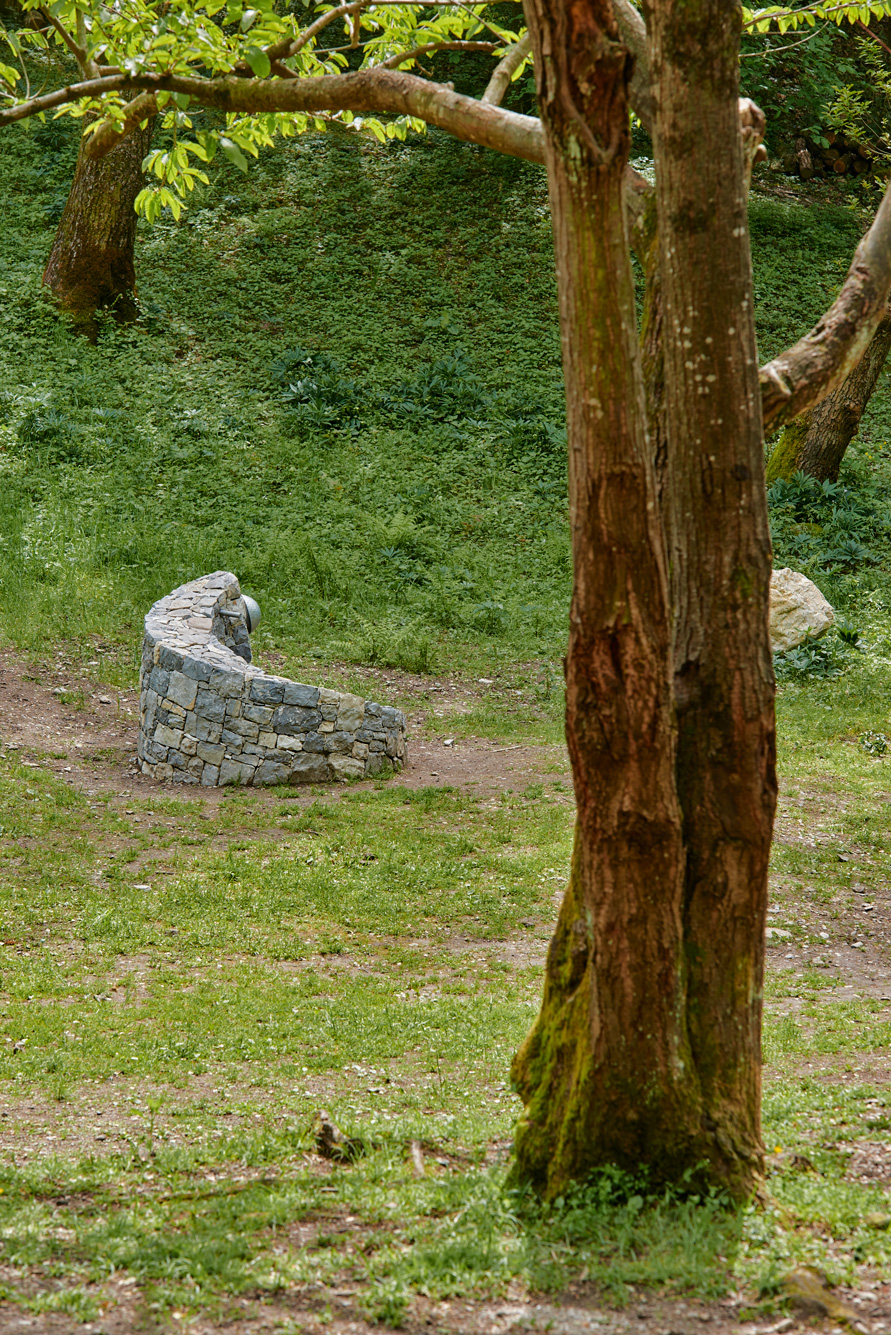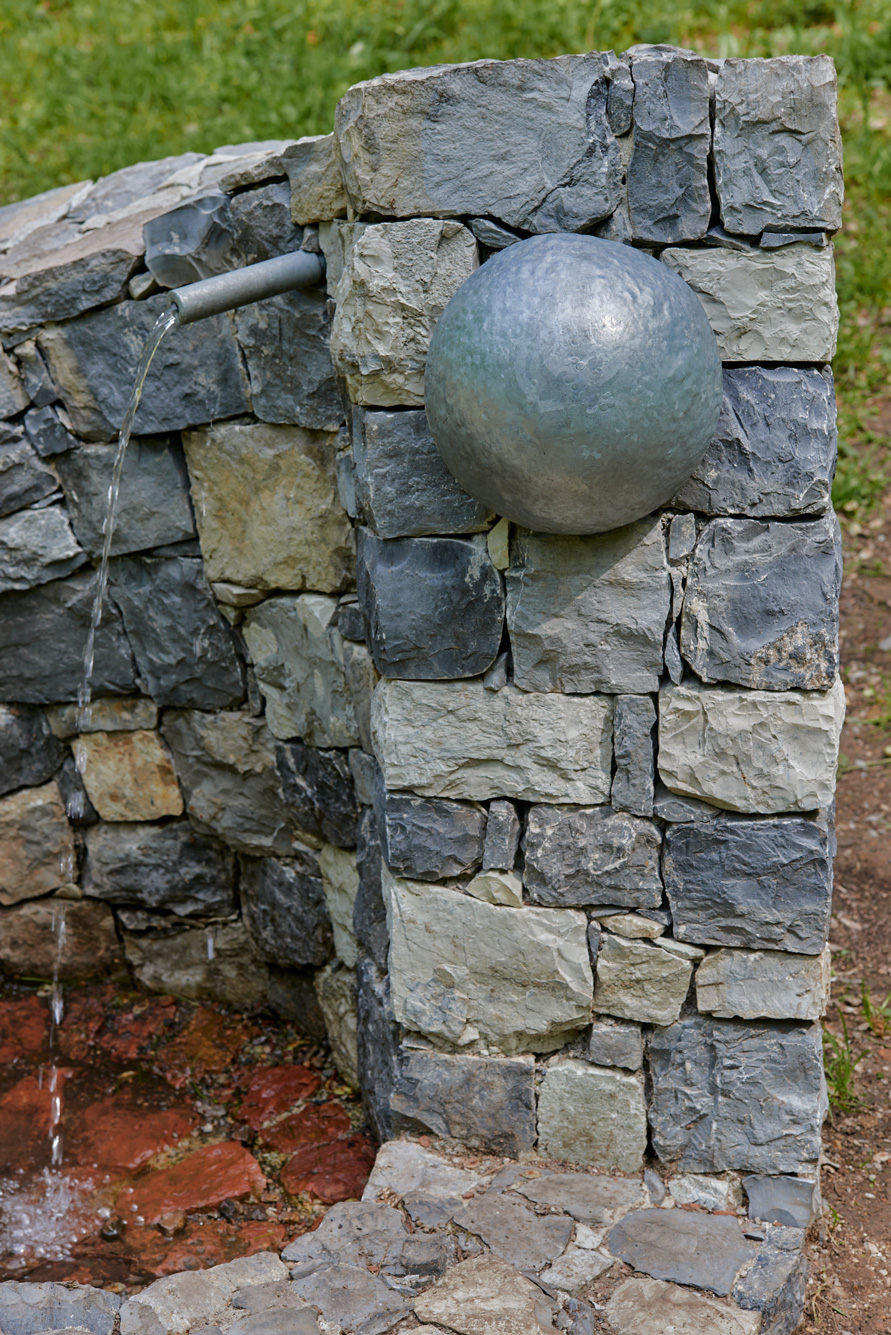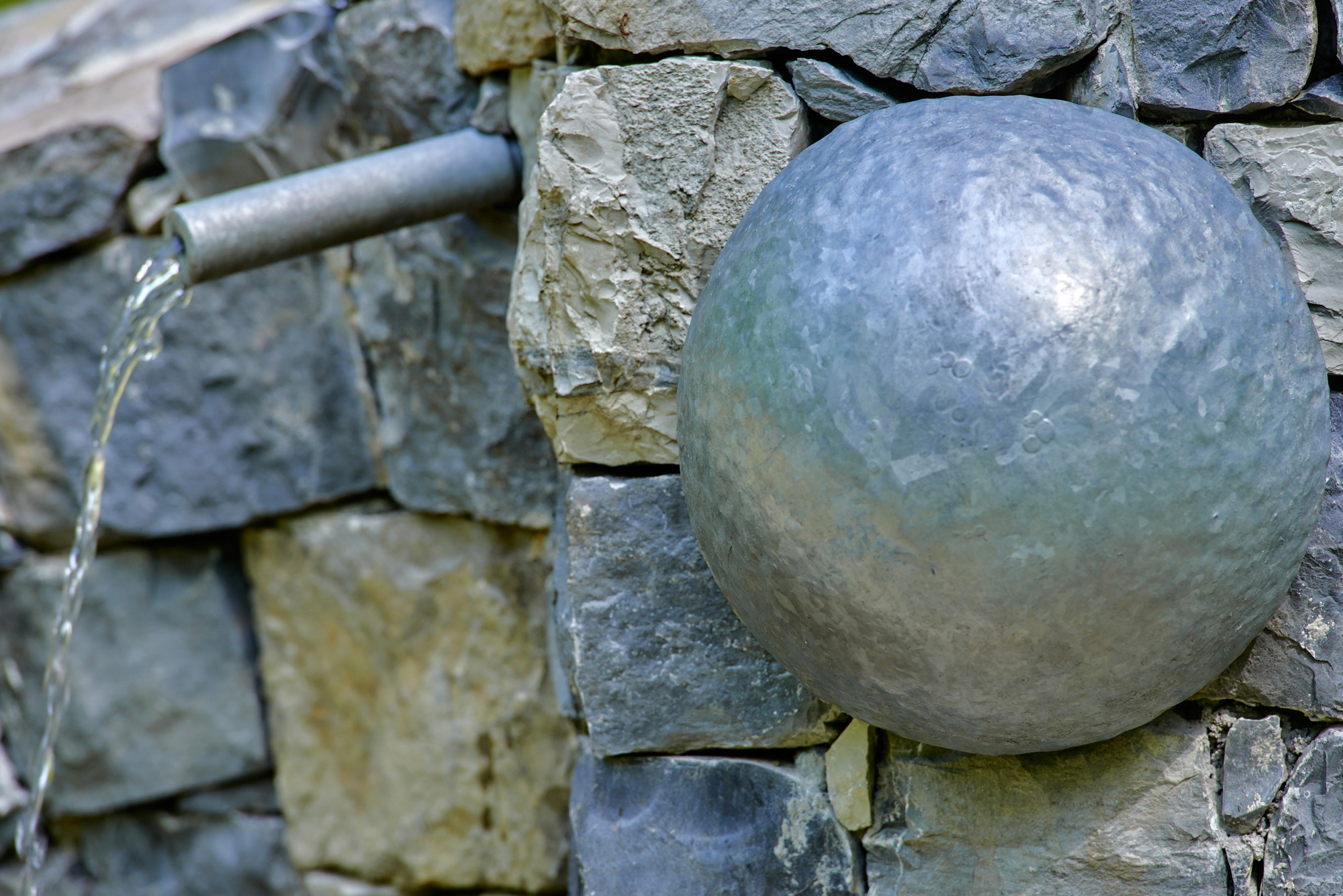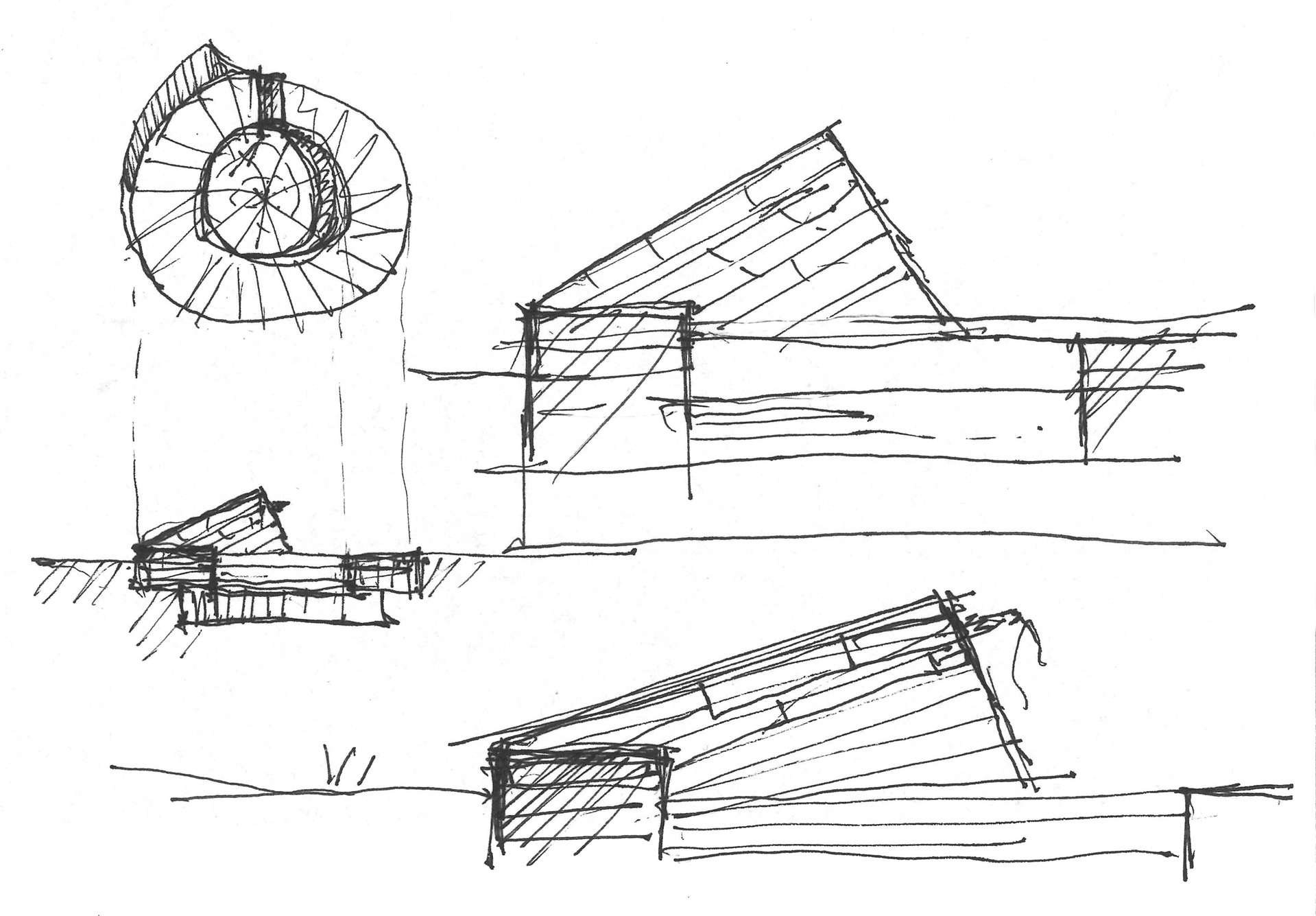The witches’ meadow is a clearing that meets along the path that crosses the natural park of the Gole della Breggia, in the lower part of the Muggio Valley (Ticino, Switzerland), between the municipalities of Castel san Pietro, Balerna, Morbio Inferiore and Breggia . The total area of the park is 65 hectares. The park is built around the bed of the Breggia river that has carved out a deep furrow in the mineral layer over time. In addition to various buildings, the park also houses the Mulino del Ghitello, a vestige of the mining activity of the Ceeburment Saceba, today transformed and reused.
The natural landscape is of great importance above all from the geological and palaeontological point of view as it is composed of rocks surfaced with a stratigraphy that covers a time span ranging from the Jurassic (205-142 million years) to the Cretaceous (142-93 million years ).
The geological layer that distinguishes the place called “Prato delle Streghe” is the “Rosso Ammonitico”, so called due to the presence of fossils of ammonites, extinct marine cephalopod molluscs, characterized by a shell that develops in the form of a spiral. The fountain is built with some of the stones that make up the geological sequence of the park: Limestone of Moltrasio and Maiolica Lombarda (biancone) for the walls, Rosso Ammonitico for the bottom.
The design of the fountain evokes a spiral and a well, the plant is a circle of 150 cm in diameter, the stone walls are 40 cm thick, the inner circle measures 70 cm. The stone courses of the wall of the well are not laid horizontally, as in traditional walls but lie on a 10 ° inclined laying surface, to remind the landscape of the geological strata emerging from the ground.
The well wall comes from the ground and has a ridge 1 meter above the ground. The water inlet is positioned inside the wall and the button is positioned on the head of the wall to operate the timed water jet. The button is composed of a semi-spherical bell built by beating a metal sheet on a specially shaped wooden form, its surface is not smooth but has a characteristic “hammered” appearance, pleasant to the touch.
The walls of the fountain are of gray or white stones, the bottom is paved with red stones that reveal the vividness of their color, when wet. The water flows a little mysteriously through the drainage joints of the pavement.
